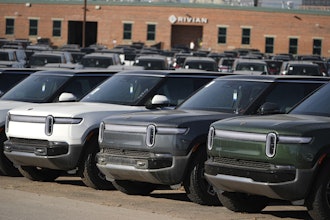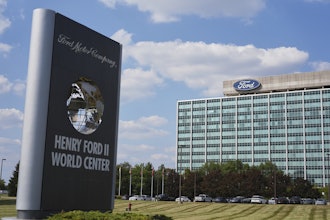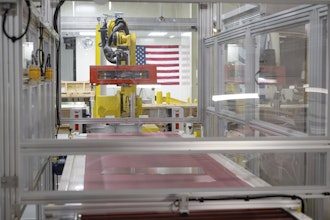When autonomous driving systems are in the headlines these days, they tend to reinforce public skepticism of self-driving technology.
But while high-profile incidents in the news might indicate that those systems aren’t quite ready for prime time, make no mistake: that day is coming, and soon. In fact, a newly released report suggests that advances in technology could make the act of actually driving a car effectively obsolete by 2050.
The analysis by IDTechEx laid out a timeline of how things could progress. Data from the California Department of Motor Vehicles shows that Waymo, Cruise and other self-driving tech leaders are currently traveling about 30,000 miles between interventions by human drivers -- and that number is climbing by a factor of two each year.
By 2024, that means that autonomous cars could match or exceed the safety of human drivers, and at that pace, self-driving vehicles would be able to cover 3 trillion miles -- the entirety of the U.S.’s mobility demand -- by 2046. By 2050, they would be able to cover the world’s mobility needs while averaging less than one collision per year.
That prompted analysts to ask: why should manual driving, which leads to thousands of deaths and millions of injuries every year, continue to exist?
The report suggested that the restrictions would likely be implemented gradually, but that some of the conditions are already being put in place. Many urban corridors, for example, are limiting vehicle traffic in order to improve air quality and pedestrian safety -- those areas could be restricted to autonomous vehicles only, before being expanded to entire cities and, eventually, all public roads.
Although driving likely won’t disappear entirely, those who want to continue putting the pedal to the metal could be forced to do so within the confines of an auto race or test track.
Driving Could Be Outlawed by 2050
Conventional driving could be banned for public safety reasons.
Sep 3, 2021
Latest in Home
ABB to Invest $110 Million in 4 U.S. Plants
September 17, 2025
Nvidia CEO Huang Says He's Disappointed by China Chip Curbs
September 17, 2025


